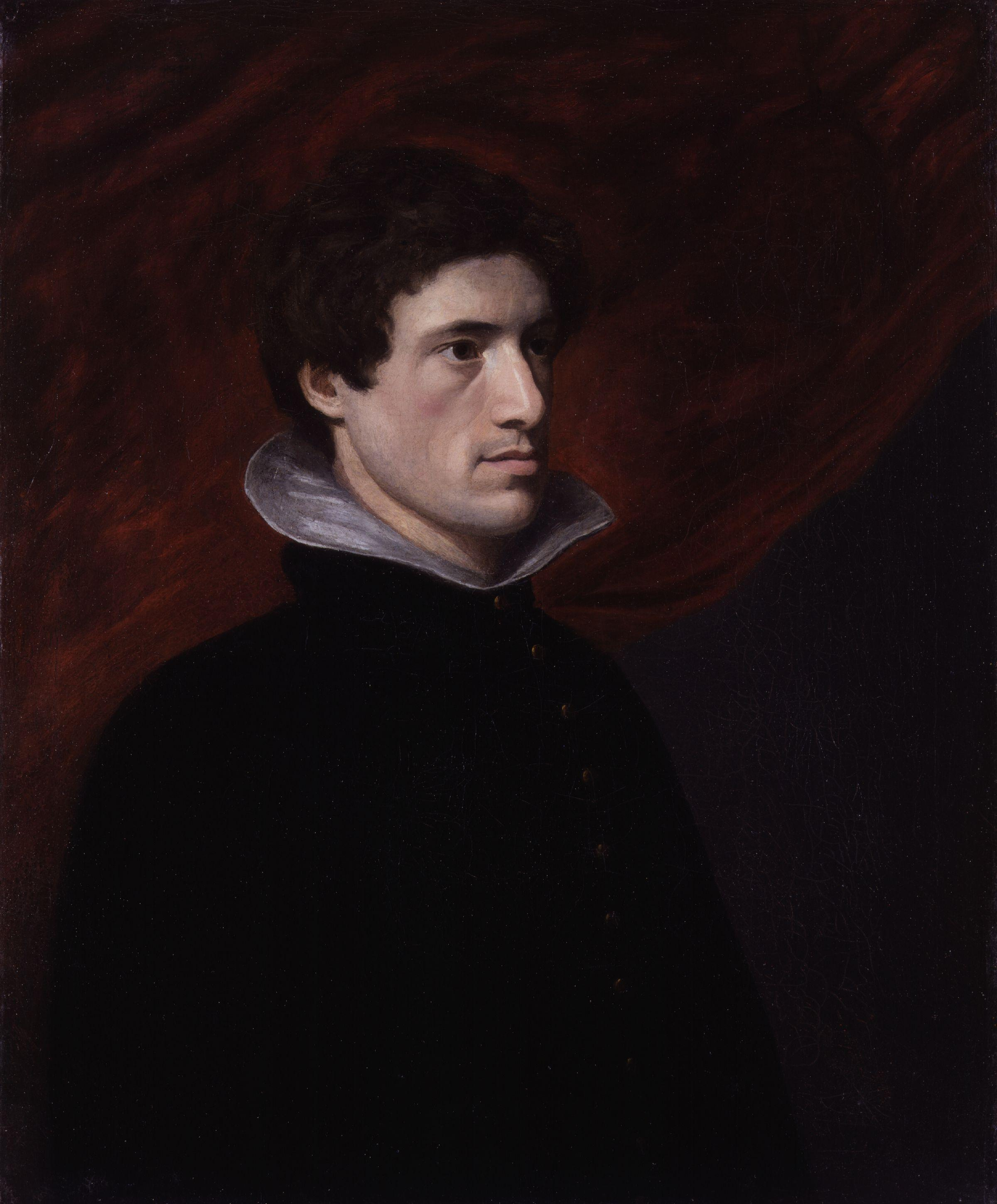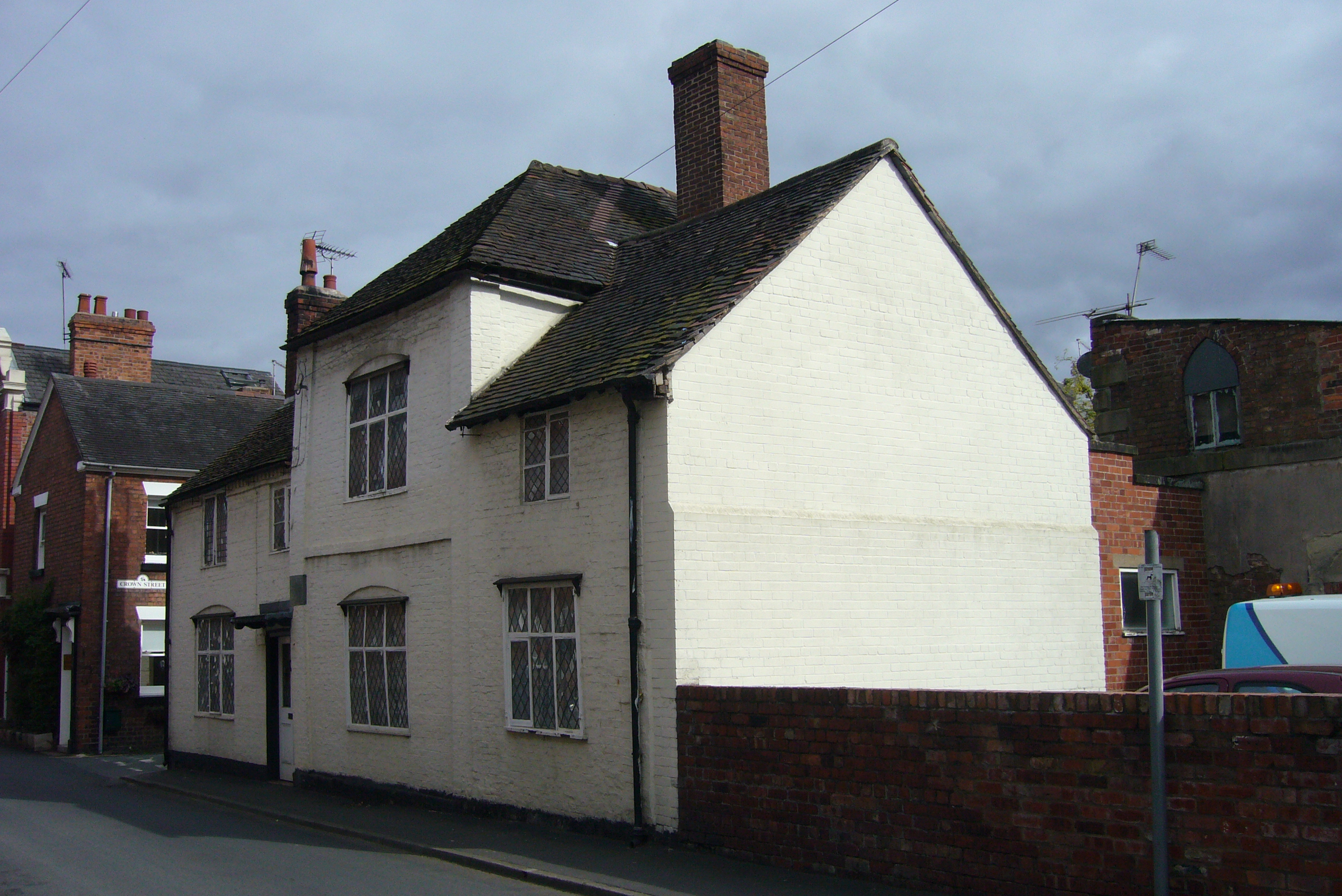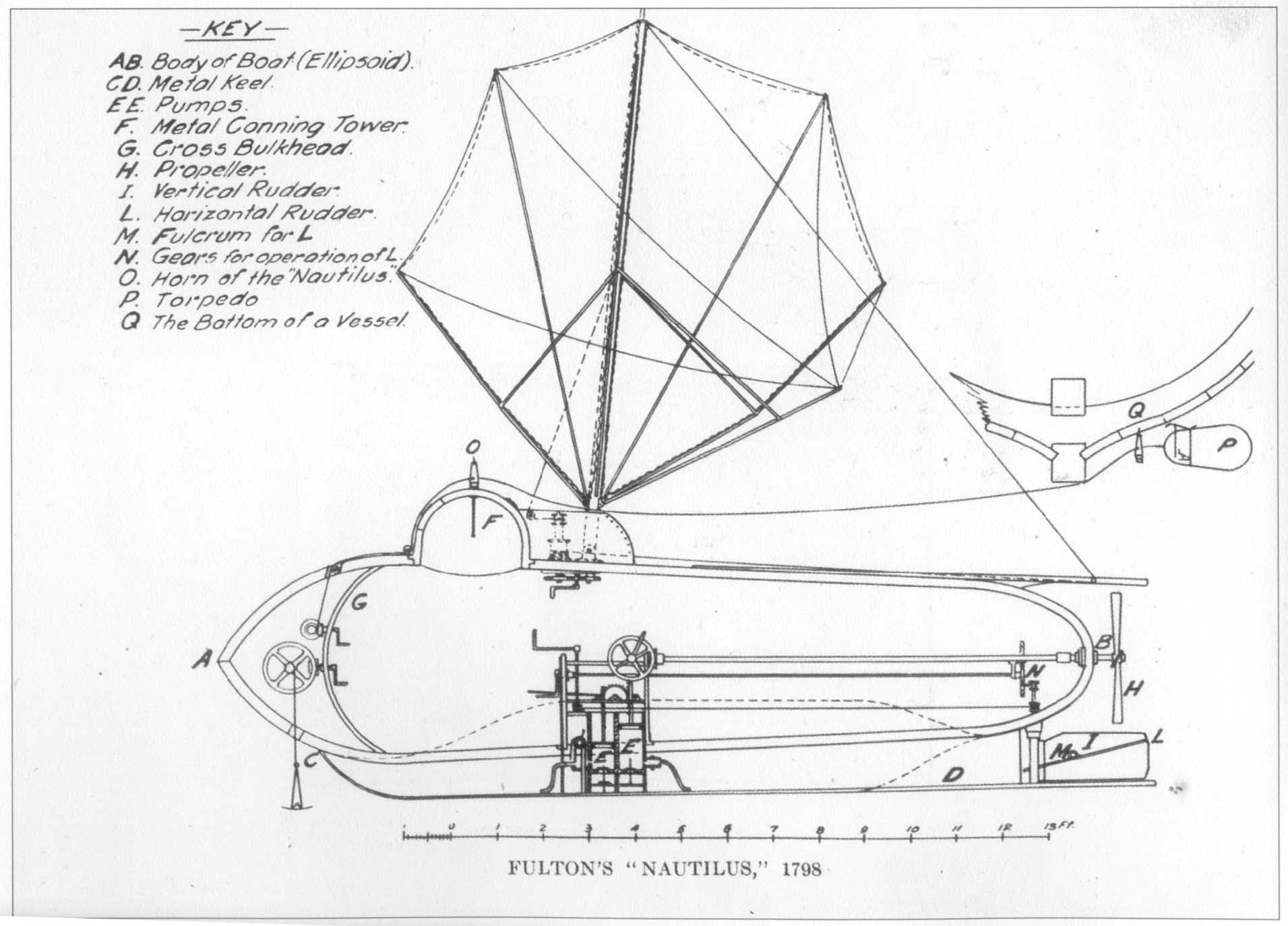|
Sutor, Ne Ultra Crepidam
is a Latin expression meaning literally 'Shoemaker, not beyond the shoe', used to warn individuals not to pass judgment beyond their expertise. The expression led to the term ''ultracrepidarianism'', which is the giving of opinions and advice on matters outside of one's knowledge. Its origin is set down in Pliny the Elder's ''Naturalis Historia'' 5.85 ; . (Loeb IX, 323–325)where he records that a shoemaker () had approached the painter Apelles of Kos to point out a defect in the artist's rendition of a sandal ( from Greek ), which Apelles duly corrected. Encouraged by this, the shoemaker then began to enlarge on other defects he considered present in the painting, at which point Apelles advised him that ('a shoemaker should not judge beyond the shoe'), which advice, Pliny observed, had become a proverbial saying. The Renaissance interest both in painting and classical antiquity made the expression popular again. The saying remains popular in several languages, as in the Eng ... [...More Info...] [...Related Items...] OR: [Wikipedia] [Google] [Baidu] |
Karl Marx
Karl Heinrich Marx (; 5 May 1818 – 14 March 1883) was a German philosopher, economist, historian, sociologist, political theorist, journalist, critic of political economy, and socialist revolutionary. His best-known titles are the 1848 pamphlet ''The Communist Manifesto'' and the four-volume (1867–1883). Marx's political and philosophical thought had enormous influence on subsequent intellectual, economic, and political history. His name has been used as an adjective, a noun, and a school of social theory. Born in Trier, Germany, Marx studied law and philosophy at the universities of Bonn and Berlin. He married German theatre critic and political activist Jenny von Westphalen in 1843. Due to his political publications, Marx became stateless and lived in exile with his wife and children in London for decades, where he continued to develop his thought in collaboration with German philosopher Friedrich Engels and publish his writings, researching in the British Mus ... [...More Info...] [...Related Items...] OR: [Wikipedia] [Google] [Baidu] |
Dunning–Kruger Effect
The Dunning–Kruger effect is a cognitive bias whereby people with low ability, expertise, or experience regarding a certain type of task or area of knowledge tend to overestimate their ability or knowledge. Some researchers also include in their definition the opposite effect for high performers: their tendency to underestimate their skills. The Dunning–Kruger effect is usually measured by comparing self-assessment with objective performance. For example, the participants in a study may be asked to complete a quiz and then estimate how well they performed. This subjective assessment is then compared with how well they actually performed. This can happen either in relative or in absolute terms, i.e., in comparison with one's peer group as the percentage of peers outperformed or in comparison with objective standards as the number of questions answered correctly. The Dunning–Kruger effect appears in both cases, but is more pronounced in relative terms; the bottom quartile o ... [...More Info...] [...Related Items...] OR: [Wikipedia] [Google] [Baidu] |
List Of Latin Phrases
__NOTOC__ This is a list of Wikipedia articles of Latin phrases and their translation into English. ''To view all phrases on a single, lengthy document, see: List of Latin phrases (full)'' The list also is divided alphabetically into twenty pages: * List of Latin phrases (A) * List of Latin phrases (B) * List of Latin phrases (C) * List of Latin phrases (D) * List of Latin phrases (E) * List of Latin phrases (F) * List of Latin phrases (G) * List of Latin phrases (H) * List of Latin phrases (I) * List of Latin phrases (L) * List of Latin phrases (M) * List of Latin phrases (N) * List of Latin phrases (O) * List of Latin phrases (P) * List of Latin phrases (Q) * List of Latin phrases (R) * List of Latin phrases (S) * List of Latin phrases (T) * List of Latin phrases (U) * List of Latin phrases (V) See also * Latin influence in English * Latinism Lists *List of abbreviations used in medical prescriptions *List of ecclesiastical abbreviations *List of Germanic a ... [...More Info...] [...Related Items...] OR: [Wikipedia] [Google] [Baidu] |
Leigh Hunt
James Henry Leigh Hunt (19 October 178428 August 1859), best known as Leigh Hunt, was an English critic, essayist and poet. Hunt co-founded '' The Examiner'', a leading intellectual journal expounding radical principles. He was the centre of the Hampstead-based group that included William Hazlitt and Charles Lamb, known as the "Hunt circle". Hunt also introduced John Keats, Percy Bysshe Shelley, Robert Browning and Alfred Tennyson to the public. Hunt's presence at Shelley's funeral on the beach near Viareggio was immortalised in the painting by Louis Édouard Fournier. Hunt inspired aspects of the Harold Skimpole character in Charles Dickens' novel ''Bleak House''. Early life James Henry Leigh Hunt was born 19 October 1784, at Southgate, London, where his parents had settled after leaving the United States. His father, Isaac, a lawyer from Philadelphia, and his mother, Mary Shewell, a merchant's daughter and a devout Quaker, had been forced to come to Britain because ... [...More Info...] [...Related Items...] OR: [Wikipedia] [Google] [Baidu] |
Charles Lamb
Charles Lamb (10 February 1775 – 27 December 1834) was an English essayist, poet, and antiquarian, best known for his ''Essays of Elia'' and for the children's book ''Tales from Shakespeare'', co-authored with his sister, Mary Lamb (1764–1847). Friends with such literary luminaries as Samuel Taylor Coleridge, Robert Southey, William Wordsworth, and William Hazlitt, Lamb was at the centre of a major literary circle in England. He has been referred to by E. V. Lucas, his principal biographer, as "the most lovable figure in English literature". Youth and schooling Lamb was born in London, the son of John Lamb (–1799) and Elizabeth (died 1796), née Field. Lamb had an elder brother and sister; four other siblings did not survive infancy. John Lamb was a lawyer's clerk and spent most of his professional life as the assistant to a barrister named Samuel Salt, who lived in the Inner Temple in the legal district of London; it was there, in Crown Office Row, that Charles Lamb ... [...More Info...] [...Related Items...] OR: [Wikipedia] [Google] [Baidu] |
Quarterly Review
The ''Quarterly Review'' was a literary and political periodical founded in March 1809 by London London is the capital and largest city of England and the United Kingdom, with a population of just under 9 million. It stands on the River Thames in south-east England at the head of a estuary down to the North Sea, and has been a majo ... publishing house John Murray (publishing house), John Murray. It ceased publication in 1967. It was referred to as ''The London Quarterly Review'', as reprinted by Leonard Scott, for an American edition. Early years Initially, the ''Quarterly'' was set up primarily to counter the influence on public opinion of the ''Edinburgh Review''. Its first editor, William Gifford, was appointed by George Canning, at the time Foreign Secretary, later Prime Minister. Early contributors included Secretaries of the Admiralty John Wilson Croker and Sir John Barrow, Poet Laureate Robert Southey, poet-novelist Sir Walter Scott, Italian exile Ugo Foscolo ... [...More Info...] [...Related Items...] OR: [Wikipedia] [Google] [Baidu] |
William Gifford
William Gifford (April 1756 – 31 December 1826) was an English critic, editor and poet, famous as a satirist and controversialist. Life Gifford was born in Ashburton, Devon, to Edward Gifford and Elizabeth Cain. His father, a glazier and house painter, had run away as a youth with vagabond Bampfylde Moore Carew, and he remained a carouser throughout his life. He died when William was thirteen; his mother died less than a year later. He was left in the care of a godfather who treated him with little consistency. Gifford was sent in turn to work as a plough boy, a ship's boy, student, and cobbler's apprentice. Of these, Gifford cared only for the life of a student, and he continued to write verses as he learned the cobbler's trade. Gifford's fortunes changed when his first poetical efforts came to the attention of an Ashburton surgeon, William Cookesley. Cookesley raised a subscription to have the boy's apprenticeship bought out and he returned to school. By 1779 he had en ... [...More Info...] [...Related Items...] OR: [Wikipedia] [Google] [Baidu] |
William Hazlitt
William Hazlitt (10 April 177818 September 1830) was an English essayist, drama and literary critic, painter, social commentator, and philosopher. He is now considered one of the greatest critics and essayists in the history of the English language, placed in the company of Samuel Johnson and George Orwell. He is also acknowledged as the finest art critic of his age. Despite his high standing among historians of literature and art, his work is currently little read and mostly out of print. During his lifetime he befriended many people who are now part of the 19th-century literary canon, including Charles and Mary Lamb, Stendhal, Samuel Taylor Coleridge, William Wordsworth, and John Keats.Grayling, pp. 209–10. Life and works Background The family of Hazlitt's father were Irish Protestants who moved from the county of Antrim to Tipperary in the early 18th century. Also named William Hazlitt, Hazlitt's father attended the University of Glasgow (where he was taught by Adam S ... [...More Info...] [...Related Items...] OR: [Wikipedia] [Google] [Baidu] |
Wikisource
Wikisource is an online digital library of free-content textual sources on a wiki, operated by the Wikimedia Foundation. Wikisource is the name of the project as a whole and the name for each instance of that project (each instance usually representing a different language); multiple Wikisources make up the overall project of Wikisource. The project's aim is to host all forms of free text, in many languages, and translations. Originally conceived as an archive to store useful or important historical texts (its first text was the ), it has expanded to become a general-content library. The project officially began on November 24, 2003 under the name Project Sourceberg, a play on the famous Project Gutenberg. The name Wikisource was adopted later that year and it received its own domain name. The project holds works that are either in the public domain or freely licensed; professionally published works or historical source documents, not vanity products. Verification was initial ... [...More Info...] [...Related Items...] OR: [Wikipedia] [Google] [Baidu] |
Robert Fulton
Robert Fulton (November 14, 1765 – February 24, 1815) was an American engineer and inventor who is widely credited with developing the world's first commercially successful steamboat, the (also known as ''Clermont''). In 1807, that steamboat traveled on the Hudson River with passengers from New York City to Albany and back again, a round trip of , in 62 hours. The success of his steamboat changed river traffic and trade on major American rivers. In 1800, Fulton had been commissioned by Napoleon Bonaparte, leader of France, to attempt to design a submarine; he produced , the first practical submarine in history. Fulton is also credited with inventing some of the world's earliest naval torpedoes for use by the Royal Navy.Best, Nicholas (2005). ''Trafalgar: The Untold Story of the Greatest Sea Battle in History''. London: Phoenix. . Fulton became interested in steam engines and the idea of steamboats in 1777 when he was around age 12 and visited state delegate William Henry o ... [...More Info...] [...Related Items...] OR: [Wikipedia] [Google] [Baidu] |
Spinning Frame
The spinning frame is an Industrial Revolution invention for spinning thread or yarn from fibres such as wool or cotton in a mechanized way. It was developed in 18th-century Britain by Richard Arkwright and John Kay. Historical context In 1760 England, yarn production from wool, flax and cotton was still a cottage industry in which fibres were carded and spun by hand using a spinning wheel. As the textile industry expanded its markets and adopted faster machines, yarn supplies became scarce especially due to innovations such as the doubling of the loom speed after the invention of the flying shuttle. High demand for yarn spurred invention of the spinning jenny in 1764, followed closely by the invention of the spinning frame, later developed into the water frame (patented in 1769). Mechanisms had increased production of yarn so dramatically that by 1830 the yarn cottage industry in England could no longer compete and all spinning was carried out in factories. Development R ... [...More Info...] [...Related Items...] OR: [Wikipedia] [Google] [Baidu] |



.jpg)


